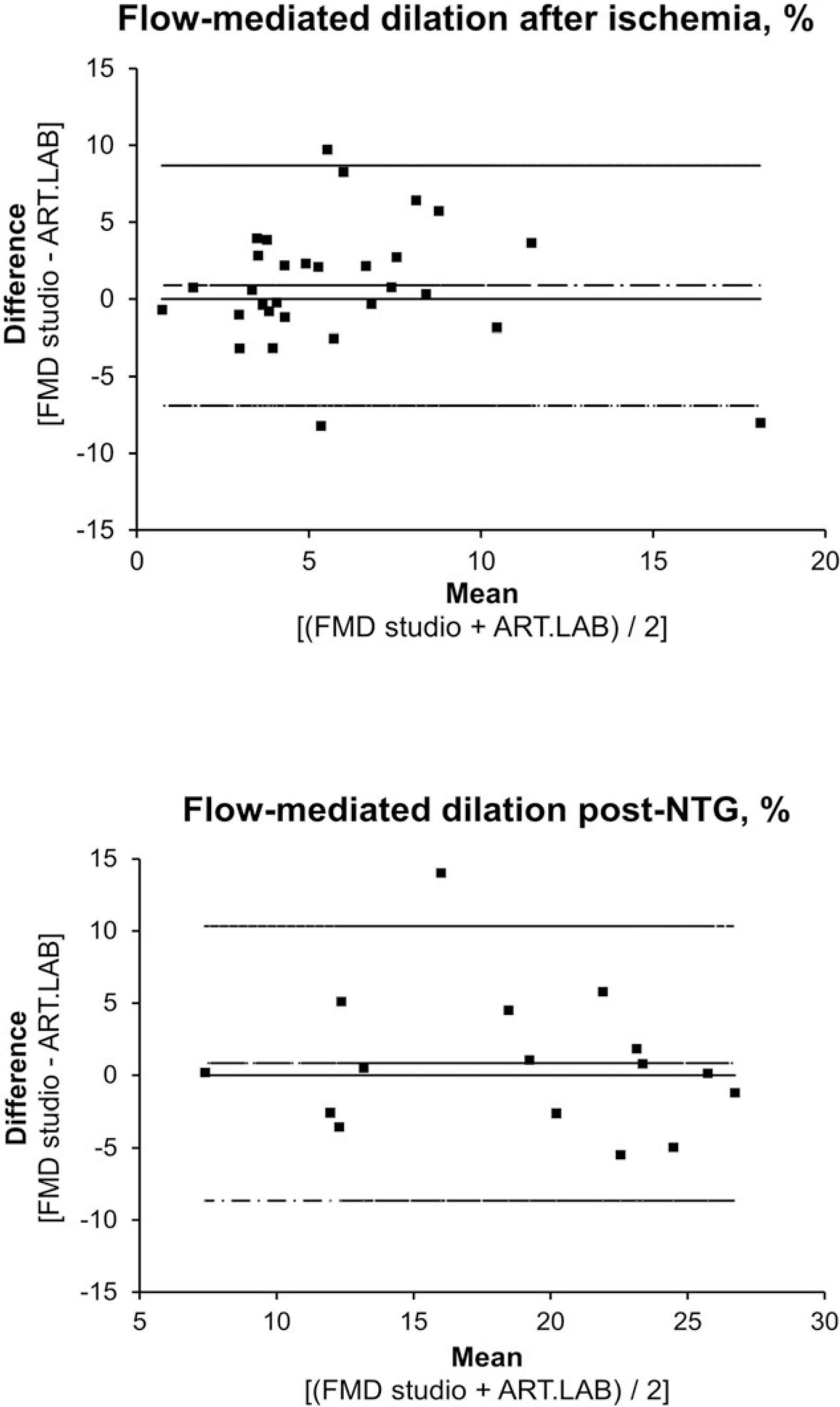P2.41 ACUTE RESPIRATORY CHANGES IN AUGMENTATION INDEX ARE RELATED TO AORTIC RESERVOIR FUNCTION
- DOI
- 10.1016/j.artres.2012.09.121How to use a DOI?
- Open Access
- This is an open access article distributed under the CC BY-NC license.
Background: Augmentation index (AIx) is an independent predictor of mortality. Current theory states augmented pressure (AP) is principally due to wave reflection. Subtle changes in AP occur with respiration, but the mechanisms are not fully understood. This study aimed to determine the possible contribution of wave reflection and aortic reservoir function to respiratory changes in AP.
Methods: Simultaneous invasive pressure and Doppler flow velocity were recorded in the ascending aorta via intra-arterial wire in 24 consecutive participants undergoing cardiac catheterisation or surgery. We performed wave intensity analysis to derive forward and reflected waves, and calculated reservoir pressure in five patients displaying marked respiratory AP changes (see figure). Data was compared between four respiratory cycles of expiration (high AP) with inspiration (low AP) in each individual.
Results: AP and AIx were raised during expiration compared to inspiration (5±6mmHg, 10±13% vs.−1±2mmHg, −6±9%, P<0.001 for both). Despite this, wave reflection was not significantly changed (−7×106±9×106 vs. −6×106±5×106 W.m−2s−2, P=0.50). However, reservoir pressure was significantly higher during expiration compared with inspiration (95±23 vs. 88±20 mmHg, P<0.001), as were forward compression waves (41×106±27×106 vs. 36×106± 24×106 W.m-2s-2, P=0.04). The change in AP between inspiration and expiration correlated with change in reservoir pressure (r=0.81, P<0.001), but not reflected wave intensity (r=−0.19, P=0.41) or heart rate (r=−0.33, P=0.15).
Conclusions: Acute changes in AP and AIx occur during normal respiration. These changes appear related to aortic reservoir function and cannot be explained by conventional wave reflection theory.

Example respiratory AP changes in a 48 year old male.
Cite this article
TY - JOUR AU - M.G. Schultz AU - J.E. Davies AU - A.D. Hughes AU - J.E. Sharman PY - 2012 DA - 2012/11/17 TI - P2.41 ACUTE RESPIRATORY CHANGES IN AUGMENTATION INDEX ARE RELATED TO AORTIC RESERVOIR FUNCTION JO - Artery Research SP - 175 EP - 175 VL - 6 IS - 4 SN - 1876-4401 UR - https://doi.org/10.1016/j.artres.2012.09.121 DO - 10.1016/j.artres.2012.09.121 ID - Schultz2012 ER -
